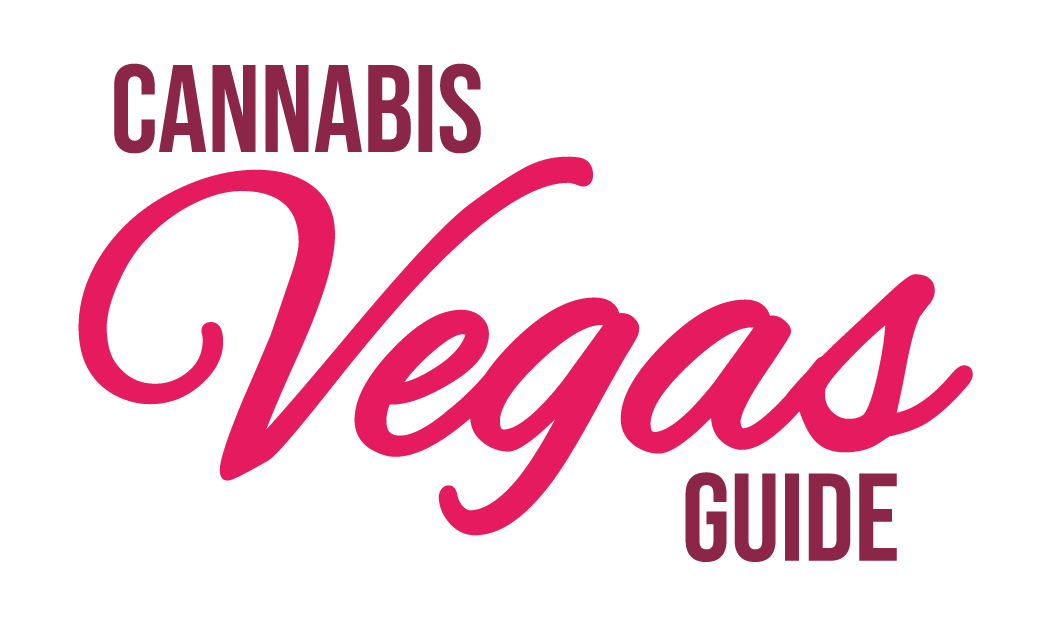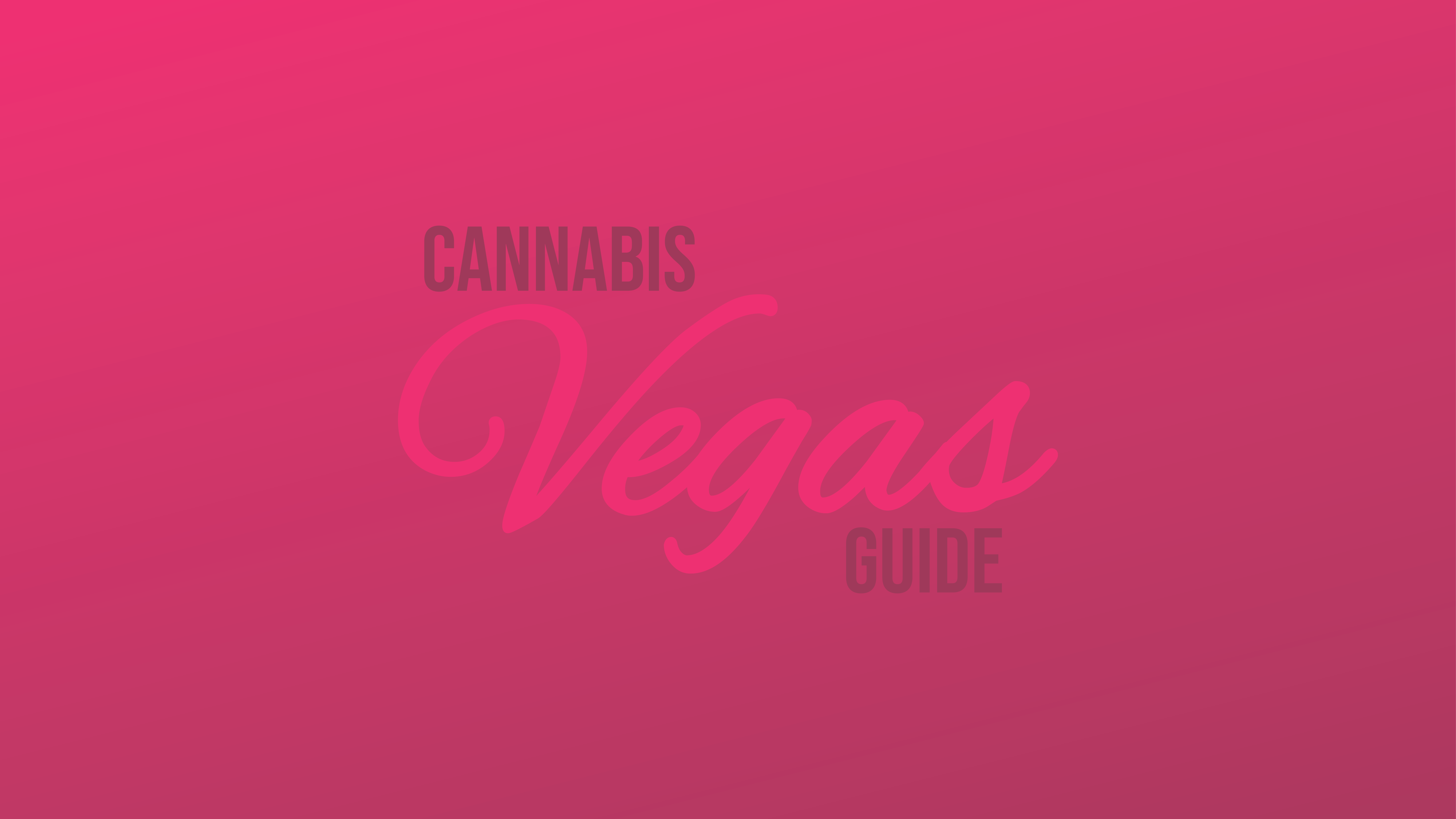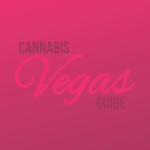In Las Vegas, the battle between regulated cannabis and the illicit market has shifted from a legalization story to a durability test. After several years of growth, Nevada’s legal sales have softened, and industry leaders increasingly blame competition from unlicensed sellers that undercut prices and skirt testing rules. Recent state data and operator commentary point to an industry that is still viable—but pressured.
Regulators and researchers say illicit activity remains persistent for two structural reasons: price and access. Nevada layers a wholesale excise and a 10% retail excise onto normal sales tax, pushing the out-the-door price higher than many neighboring states—and far above illegal offerings. That pricing gap widens when unlicensed sellers bypass safety testing and taxes entirely.
Enforcement actions underscore the scale. In late May 2025, Las Vegas Metropolitan Police dismantled a large illegal grow and seized more than 800 pounds of cannabis in the northwest valley, a reminder that unlicensed production is still embedded in residential areas and informal supply chains. Local TV reporting around the same period cited officials estimating that roughly a third of Nevada cannabis sales occur off-book—activity that siphons revenue from schools and squeezes compliant retailers.
Policy analysts at UNLV’s Cannabis Policy Institute add that price deflation, tourism swings, and regulatory friction compound the challenge. Their 2024 market overview details how broader economic factors and consumer substitution affect legal operators’ margins, leaving less room to compete with illegal sellers on price without sacrificing compliance. The same body of work highlights opportunities—clearer rules, calibrated enforcement, and retail innovations—to gradually pull demand into licensed channels.
One promised innovation—state-regulated consumption lounges—was billed as a tourism magnet that could separate Nevada from lower-tax rivals. Progress has been slower than expected: by April 2025, just one state-regulated lounge was open, and at least one venue paused operations. That glacial rollout has limited the legal market’s ability to convert visitors who want an above-board place to consume, potentially leaving space for unregulated delivery or pop-up experiences.
Still, the regulated side has levers. The Cannabis Compliance Board (CCB) has been refining rules and stepping up disciplinary tools, while legislators weigh tweaks to taxes and reporting to stabilize operators. Recent CCB meetings and rulemaking documents emphasize testing integrity and compliance clarity—essential to differentiating legal products on safety and consistency—while enforcement partnerships target high-impact illegal grows and sellers. Ultimately, the market’s path forward likely hinges on narrowing the price gap, improving tourist-friendly consumption options, and sustaining visible, strategic enforcement that makes illicit transactions less convenient than walking into a licensed store.



